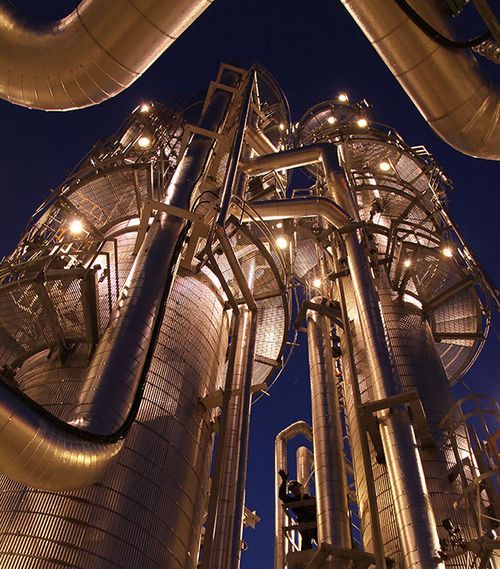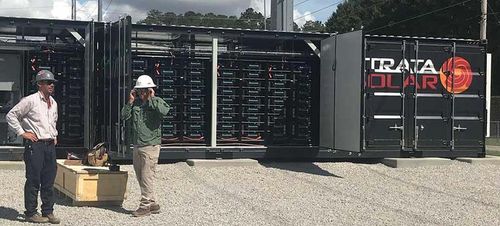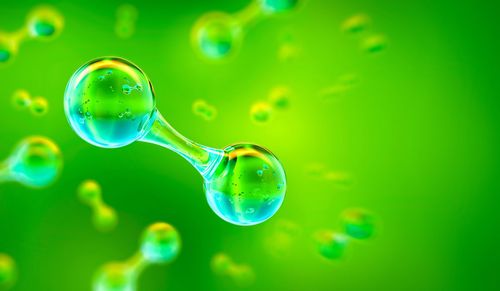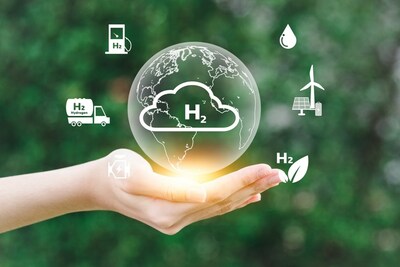Researchers with the Massachusetts Institute of Technology last week filed comments with the IRS in support of a phased approach to hourly time-matching requirements for pairing renewable power sources with green hydrogen electricity demand.
M.I.T conducted case studies of the Florida and Texas electric grids using its open-source energy system model to compare emissions intensities of hydrogen production using annual and hourly time-matching requirements under two distinct models: “A) in a competitive environment, where any electricity demand for H2 production and non-H2 production ‘compete’ for the renewable generation resources entering the grid (Compete), and B) in a non-competitive environment, where any electricity demand for H2 production comes from new low-carbon generation installed in addition to a grid that is already cost-optimized for the existing non- H2 demand (Non-Compete).”
The researchers concluded that, in the short term, annual time-matching is sufficient and cost-effective to meet the .45 kg CO2eq / kg of H2 Tier 1 limit in the Inflation Reduction Act while demand for green hydrogen remains low.
However, the authors state, “Once demand for electrolytic H2 becomes substantial, switching to hourly time-matching would be necessary to avoid high emissions. When H2 production is forced to compete for clean electricity deployments for grid decarbonization, annual time-matching results in higher emissions” than potentially grey hydrogen.
The researchers write that while hourly time-matching in a “non-compete” framework would reduce emissions, its implementation would require greater capital investments, larger land areas, and hydrogen storage when compared to annual matching – a dynamic that could work against the policy objectives of the tax credit to scale green hydrogen.
“By utilizing a phased approach for the time matching of energy inputs used in the qualified clean hydrogen production process, starting with annual matching and then an automatic conversion to requiring hourly matching later (e.g., 2030), the IRS can ensure the objective of reducing greenhouse gas emissions from hydrogen production is achieved while not interfering with other grid decarbonization efforts,” the authors write.
The full study can be found here.








